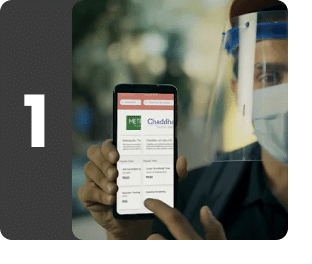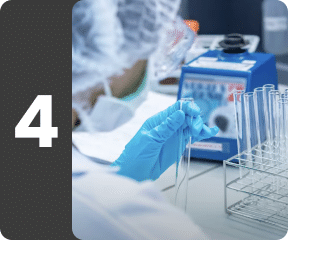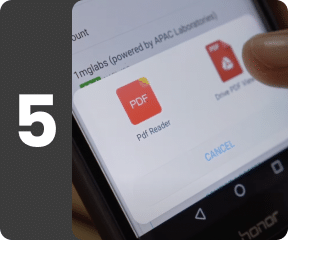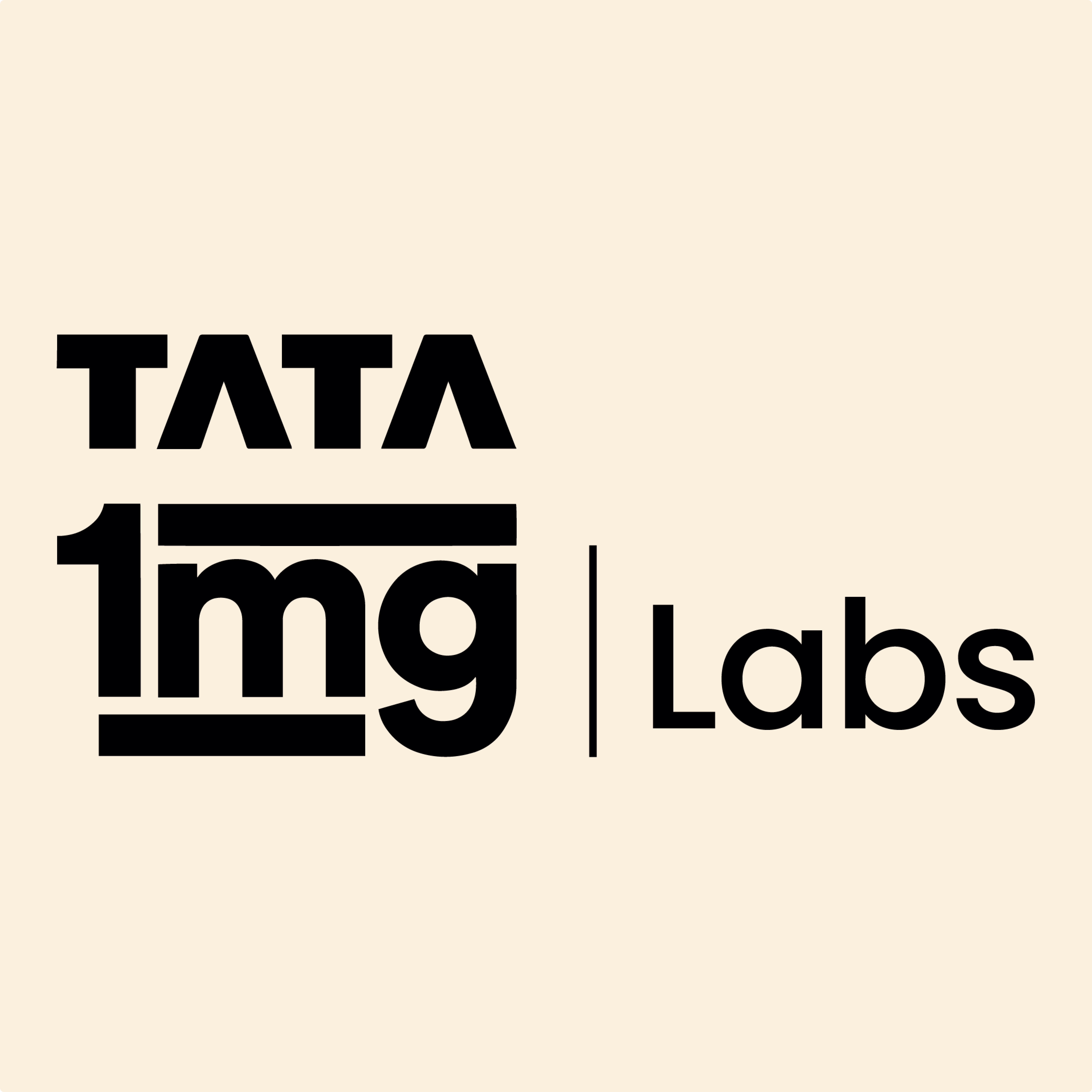Hemoglobin HPLC / Electrophoresis
Understanding Hemoglobin HPLC / Electrophoresis
What is Hemoglobin HPLC / Electrophoresis?
The Hemoglobin HPLC / Electrophoresis test is a blood test used to check for normal and abnormal types of hemoglobin in the blood. This test helps detect and monitor blood disorders like thalassemia and sickle cell disease.
Hemoglobin (Hb) is a protein in red blood cells that carries oxygen to the body’s organs and tissues. The Hemoglobin HPLC / Electrophoresis test gives a detailed report of the different types of hemoglobin, such as HbA (normal), HbF (fetal hemoglobin), and other abnormal types like HbD. This test is useful in spotting disorders that are linked to abnormal hemoglobin. It also helps doctors check how well treatment is working in people who are receiving blood transfusions or medication.
The doctor may advise this test if a blood disorder like thalassemia or sickle cell disease is suspected. Common signs include dizziness, weakness, pale skin, cold hands and feet, frequent infections, shortness of breath, fast heartbeat, or weight loss. The test may also be suggested if there is a family history of blood disorders, unexplained anemia, or abnormal results in other blood tests.
Fasting is not required for this test. Eat and drink as per the daily routine. Inform the doctor of any recent blood transfusion, as it may affect the test results.
The normal ranges of results can vary based on age, gender, health history, and the lab that does the test. The doctor will explain the results by looking at other tests like CBC, family history, and overall health. Based on the findings, the doctor will decide if any treatment or medication is needed.
Test result ranges are approximate and vary depending on age, gender, health history, and methodology used by the laboratories. Talk to the doctor about specific test results. The doctor may consider several additional factors while interpreting the significance of abnormal hemoglobin, including family history, the results of CBC, and more. Based on the test results, the doctor decides whether or not medication will be required to manage the condition and formulate an overall treatment plan.
What is Hemoglobin HPLC / Electrophoresis used for?
The Hemoglobin HPLC / Electrophoresis test can be done:
- Check the types of hemoglobin in blood, both normal and abnormal.
- Screen for inherited blood disorders like thalassemia and sickle cell disease.
- Track how well treatment is working in people with blood disorders.
- Monitor people who have a family history of blood disorders.
- Follow up on unusual results in other blood tests related to red blood cells.
What does Hemoglobin HPLC / Electrophoresis measure?
The Hemoglobin HPLC / Electrophoresis test identifies and measures different types of hemoglobin in the blood to help diagnose and keep track of certain blood disorders. These types include: adult type (HbA2), fetal type (HbF), hemoglobin S (HbS), hemoglobin C (HbC), and hemoglobin E (HbE), among others.
Normal hemoglobin types:
- Hemoglobin A (HbA): The main type of hemoglobin in healthy adults.
- Hemoglobin F (HbF): Found in unborn babies and newborns. It is slowly replaced by HbA after birth.
If the levels of HbA or HbF are not normal, it may indicate certain types of anemia.
Abnormal hemoglobin types:
- Hemoglobin S (HbS): Found in people with sickle cell anemia. It causes red blood cells to become stiff and sickle-shaped, leading to pain and other health problems.
- Hemoglobin C (HbC): Linked to a condition called hemolytic anemia, where red blood cells break down faster than normal.
- Hemoglobin E (HbE): Common in people from Southeast Asia. It may cause mild anemia or sometimes no symptoms at all.
- Hemoglobin D (HbD): Causes mild hemolytic anemia and mild to moderate spleen enlargement. The Hb D Punjab variant is most commonly seen in people from Gujarat and among Sikhs of Punjab.
Interpreting Hemoglobin HPLC / Electrophoresis results
Interpretations
In children
|
Age |
Hemoglobin F |
|
Newborn |
60 to 80% |
|
1+ Year |
1 to 2% |
In adults
Normal levels
|
Type of Hemoglobin |
Percentage |
|
Hemoglobin A |
95% - 98% |
|
Hemoglobin A2 |
2% - 3% |
|
Hemoglobin F |
1% - 2% |
|
|
All the results should be carefully analyzed and interpreted in correlation with the patient's signs and symptoms and other laboratory findings.
-
Increased fetal hemoglobin (HbF) levels on HPLC are associated with beta-thalassemia major. Sometimes, it can also be seen in sickle cell anemia.
-
High HbA2 levels are primarily associated with beta thalassemia minor or trait. Recent studies say that HbA2 level between 4% and 9% indicates beta thalassemia trait
Frequently Asked Questions about Hemoglobin HPLC / Electrophoresis
Q. Why do I need the Hemoglobin HPLC / Electrophoresis test?
Q. How is the Hemoglobin HPLC / Electrophoresis test performed?
Q. Is there any risk associated with this est?
Q. What might affect my test results?
Q. Can this test be used to screen family members for hemoglobin disorders?
Q. Is this test done for newborns?
Q. What is hemoglobinopathy?
Q. What are the common examples of hemoglobinopathies?
Q. What are the complications of thalassemia?
Q. How do I increase my hemoglobin levels if it is low?
Book a Hemoglobin HPLC / Electrophoresis test at home near me





Other tests









